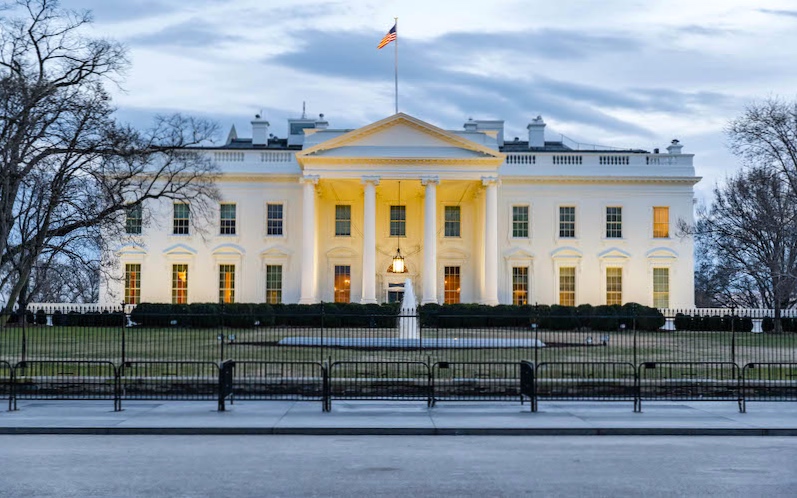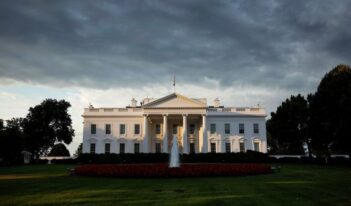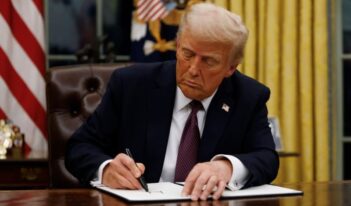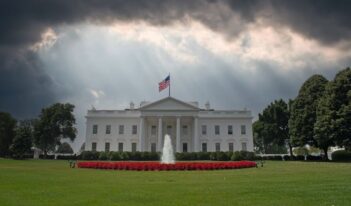
The Trump Administration’s dismissiveness toward regulatory analysis reveals a need for institutional reform.
In 1981, President Ronald Reagan signed an executive order giving the Office of Information and Regulatory Affairs (OIRA) the authority to review executive agencies’ regulations. That executive order and its successor, which President Bill Clinton signed in 1993, have also required agencies to analyze the costs and benefits of their most significant regulations.
Ever since assuming its role in the regulatory process, OIRA, located in the Executive Office of the President, has had to balance two missions.
The first of those missions, and the one most frequently associated with OIRA, has been to safeguard the analytical integrity of the cost-benefit analyses performed by agencies. This mission means that OIRA has largely been staffed by economists or those with significant economic training. (I was an OIRA desk officer and manager from 1998-2003.)
OIRA’s second mission, though, has been to help the President oversee the regulatory process and to make sure that agency regulations are consistent—to the extent permitted by law—with the President’s policy preferences.
There is some synergy between these two missions. Cost-benefit analysis makes the impacts of agency regulations more transparent and consequently helps to facilitate political—including presidential—oversight. Done well, such analysis also considers all of the impacts of regulations and, as a result, gives the President, the only nationally elected official, an idea of how agency regulatory actions will affect the country as a whole.
But it is also plausible that OIRA’s two missions will conflict with each other. Analysis may show that a President’s favored policy will result in costs that greatly exceed its benefits. It could also show that ideas opposed by an administration confer net benefits upon the American people.
Based on my experience at OIRA, I wrote an article in 2005 that acknowledged that when a conflict arises between politics and analysis, the politically based preferences of the President usually win out over analytical concerns.
Despite this reality, OIRA’s “ideologues for efficiency,” a term coined by political scientist William West to describe OIRA’s staff members, have long fought to ensure that cost-benefit analyses inform regulatory decisions. Sometimes this has meant helping achieve presidential goals in less costly ways. It has also meant ensuring that analysis plays an important role in decisions that are less politically salient. And sometimes it has meant fighting the good fight within the executive branch against politically preferred outcomes—even if often losing.
In the Trump Administration, though, I fear the balance that OIRA has tried to strike for decades has been upset. In a recent paper, I argue that the battle between politics and analysis at OIRA has in the current Administration turned into a rout by politics. In instance after instance, the Trump Administration has demonstrated a hostile agnosticism toward good analysis, and the result has been the revival of questions about OIRA’s role and the future of cost-benefit analysis.
As one of its first actions, the Trump Administration issued Executive Order 13,771, which implemented a regulatory budget and “one-in-two-out” policy. But as former OIRA Administrator Sally Katzen has pointed out, President Trump’s order focused exclusively on reducing regulatory costs and never even mentioned the possibility of benefits from regulation. The Trump Administration was also years late in issuing required reports to the U.S. Congress on the costs and benefits of federal regulations.
Most importantly, in many cases regulatory agencies over the past few years have issued shoddy analyses to support their attempts to repeal regulations issued during the Obama Administration. The analysis conducted by the Trump Administration on its repeal of the Clean Power Plan, for example, modified widely accepted assumptions on discounting. The Administration’s analysis of its repeal of fuel emission standards contained even more striking errors. In other cases, required analyses have even been withheld.
These examples suggest that the Trump Administration has systematically committed analytical malpractice in the service of justifying its policy aspirations.
What does this mean for the future of OIRA and cost-benefit analysis? In a sense, the Trump Administration has given powerful ammunition to many of OIRA’s most severe critics. Cost-benefit analysis has always been subject to manipulation. For decades, OIRA has helped to minimize, but admittedly not eliminate that manipulation. Despite what I am confident were the best efforts of OIRA personnel, they have been unable to do so over the past several years.
If you believe, as I do, that cost-benefit analysis can and should play an important role in policy-making, the dismissive treatment of regulatory analysis in the Trump Administration has shown that the current institutional structure overseeing such analysis is inadequate. It is time to examine alternative institutional structures, such as enhanced judicial review, legislative review of agency analyses, or authorizing an independent watchdog to play a role in regulatory review.
None of these institutional reforms would be without drawbacks. Judicial review may encourage agencies to make their analyses even more complex and will involve non-expert judges reviewing economic assumptions. Congressional involvement may potentially add another element of politics to an already politicized process. And an independent watchdog may be helpful with larger regulatory questions, such as the macroeconomic effects of regulation and cumulative burden. But such an independent entity may face legal and constitutional issues if it involves itself in actual executive branch policy decisions.
The potential benefits of a congressional review office of regulations—such as the one proposed by Philip Wallach and Kevin Kosar—might be the most likely, of any option, to offset its drawbacks. Modeled on the Congressional Budget Office, such an office could provide an incentive for agencies and OIRA to produce better analyses knowing that they will be subject to outside scrutiny. It would also allow for review independent of the executive branch.
Analytical concerns have always taken a backseat to political ones in regulatory debates. It is certainly legitimate for political concerns to play some role in regulatory decision-making. But when political preferences overwhelmingly dominate over sound analysis, as has repeatedly happened during the Trump Administration, it is time to reassess both how cost-benefit analysis can best be used and what role OIRA should play in regulatory decision-making.




